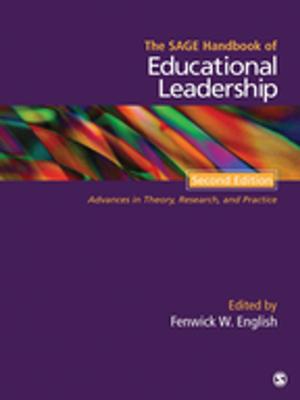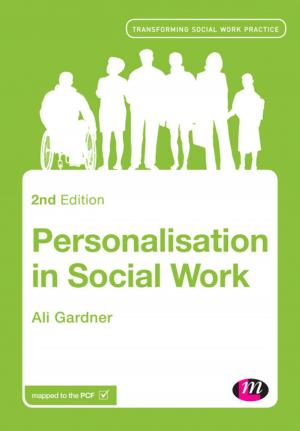Mass Communication In India
A Sociological Perspective
Nonfiction, Reference & Language, Language Arts, Communication, Reference| Author: | Professor J V Vilanilam | ISBN: | 9789352802616 |
| Publisher: | SAGE Publications | Publication: | October 4, 2005 |
| Imprint: | Sage Publications Pvt. Ltd | Language: | English |
| Author: | Professor J V Vilanilam |
| ISBN: | 9789352802616 |
| Publisher: | SAGE Publications |
| Publication: | October 4, 2005 |
| Imprint: | Sage Publications Pvt. Ltd |
| Language: | English |
This book traces the progress of mass communications in India and the West from a historical and sociological perspective, from primitive to modern times. Placing his argument in the global context within which mass communication takes place, the author:
- Emphasizes the distinction between communication and mass communication—the former being a two-way exchange and the latter mostly a one-way communication.
- Discusses the relevance of mass communication for the largely illiterate population of India, with particular reference to the type of media content and the inadequacy of conventional schooling.
- Discusses the rapid technological progress in the world in recent decades in the context of digitalization, computerization and media convergence, as well as the global nature of mass communication.
- Highlights that almost half the world`s population remains untouched by the communications revolution even at the beginning of the 21st century.
- Examines the potential of EDUSAT, the educational satellite launched recently, as a means to bring education and information to all sectors of the Indian population.
This book traces the progress of mass communications in India and the West from a historical and sociological perspective, from primitive to modern times. Placing his argument in the global context within which mass communication takes place, the author:
- Emphasizes the distinction between communication and mass communication—the former being a two-way exchange and the latter mostly a one-way communication.
- Discusses the relevance of mass communication for the largely illiterate population of India, with particular reference to the type of media content and the inadequacy of conventional schooling.
- Discusses the rapid technological progress in the world in recent decades in the context of digitalization, computerization and media convergence, as well as the global nature of mass communication.
- Highlights that almost half the world`s population remains untouched by the communications revolution even at the beginning of the 21st century.
- Examines the potential of EDUSAT, the educational satellite launched recently, as a means to bring education and information to all sectors of the Indian population.















